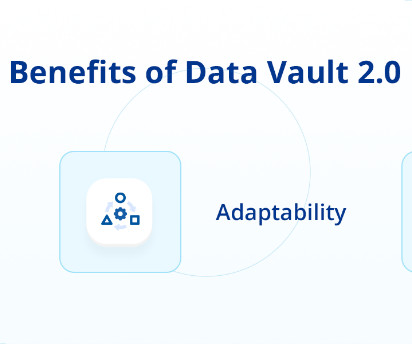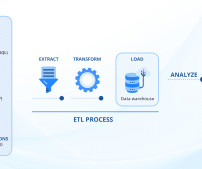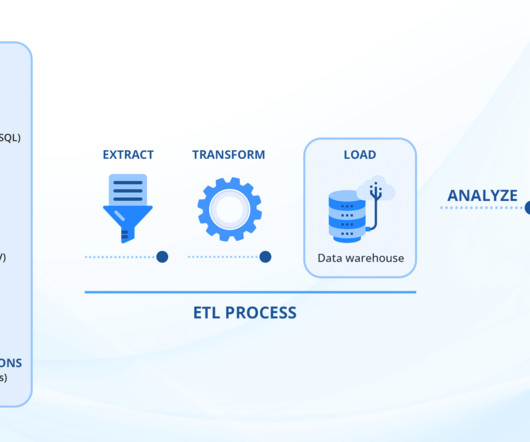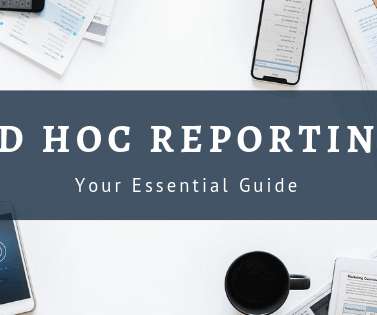Data Vault 2.0: What You Need to Know
Astera
NOVEMBER 30, 2023
Building upon the strengths of its predecessor, Data Vault 2.0 elevates data warehouse automation by introducing enhanced scalability, agility, and adaptability. It’s designed to efficiently handle and process vast volumes of diverse data, providing a unified and organized view of information. Data Vault 2.0














Let's personalize your content